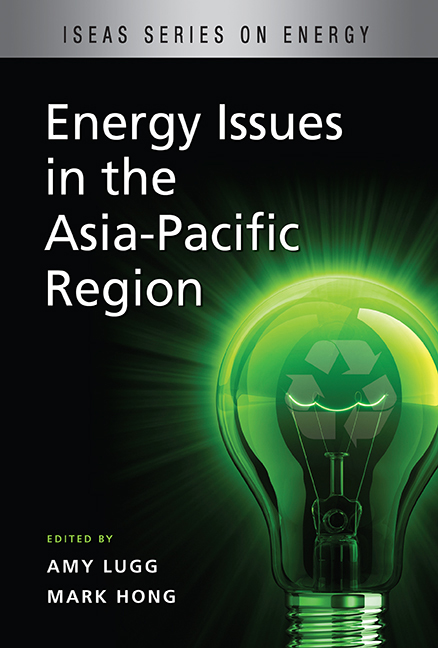8 - Energy and Geopolitics in the South China Sea
from CHINA
Published online by Cambridge University Press: 21 October 2015
Summary
ABSTRACT
Despite China's claim that it wants close and cordial relations with the ASEAN states, the steady increase in its military capabilities and its capacity to enforce its claims in the South China Sea have raised concerns among the ASEAN countries and other powers. The South China Sea is of strategic maritime importance and has potential oil and gas resources. The Spratlys are claimed by six countries and have been the source of disputes. China's nine- dotted line designing its claimed boundary in the South China Sea raises a number of problems. In short, the South China Sea could prove to be a cockpit for disputes over energy resources.
THE SETTING
China has declared that it wants close, cordial, and cooperative relations with the ten ASEAN states. Such cooperation has gained impressive momentum since the end, simultaneously, of the Cold War and of Chinese support for communist-led insurgencies in the region. However, China's military power is growing steadily; at the same time, it claims ownership of the Spratlys and Paracel Islands, together with their surrounding waters and resources in the South China Sea, one of the world's largest semi-enclosed seas (see Figure 8.1). These claims overlap in a substantial way with those of four ASEAN countries — Vietnam, the Philippines, Brunei, and Malaysia, as well as Taiwan.
China is expected to gain the military capability to enforce its claims in the South China Sea in the next few years. This creates uncertainty over the future of China's relations, not only with ASEAN members but also with ASEAN's main dialogue partners, including the United States, Japan, India, South Korea, and Australia. These countries have important links with China. They also have significant strategic and commercial interests in the South China Sea and in ASEAN.
At three million square kilometres, the South China Sea is the maritime heart of Southeast Asia. It is two-thirds the size of the combined ASEAN land territory. Most Southeast Asian countries have coastlines overlooking or close to the South China Sea.
- Type
- Chapter
- Information
- Energy Issues in the Asia-Pacific Region , pp. 174 - 200Publisher: ISEAS–Yusof Ishak InstitutePrint publication year: 2010



